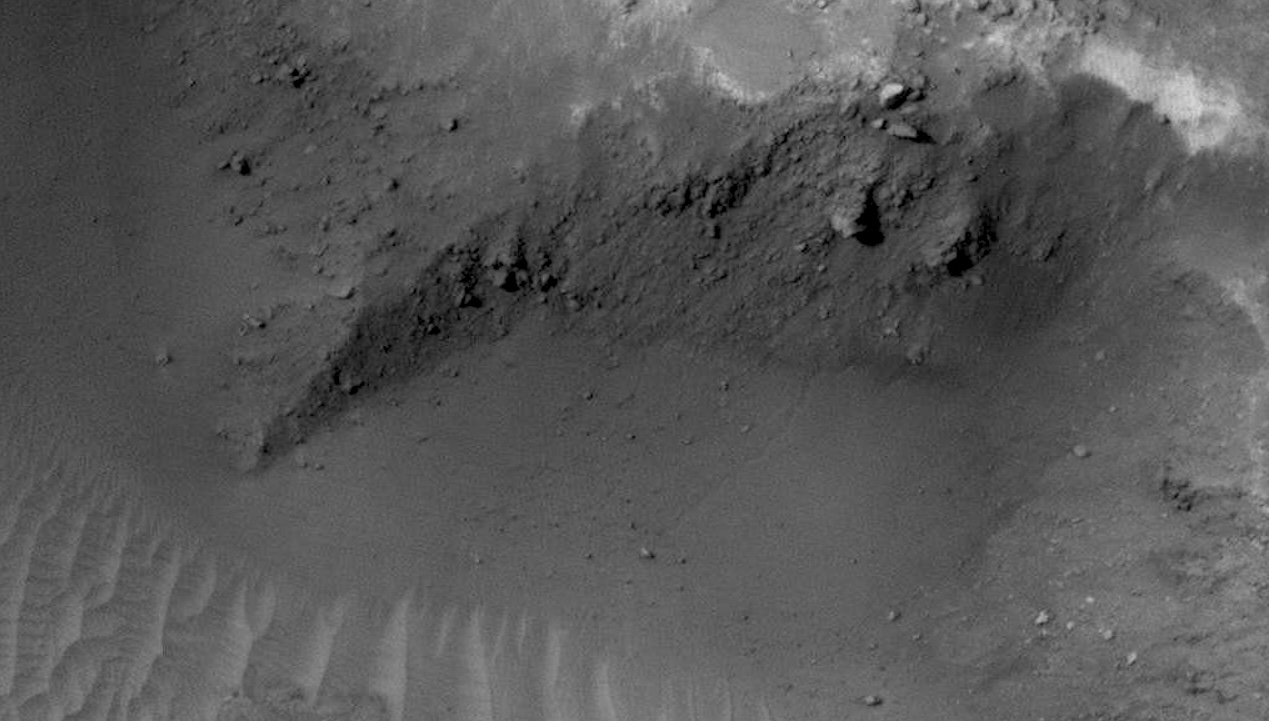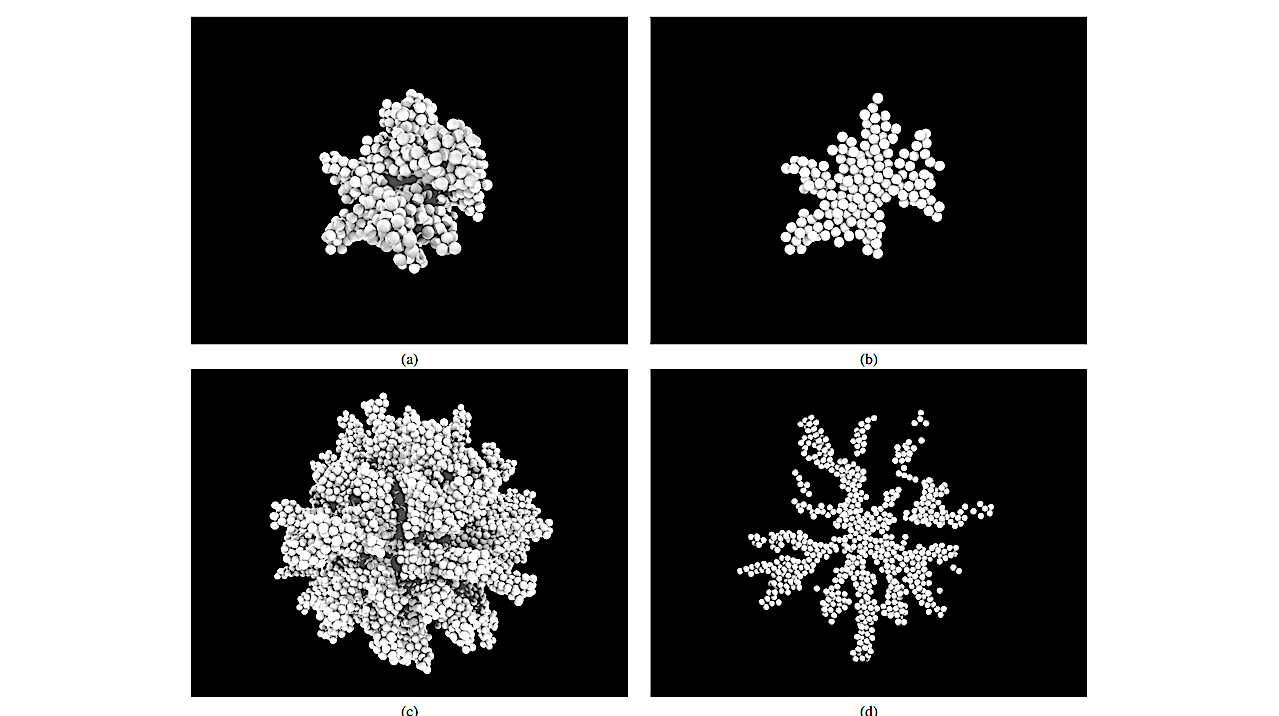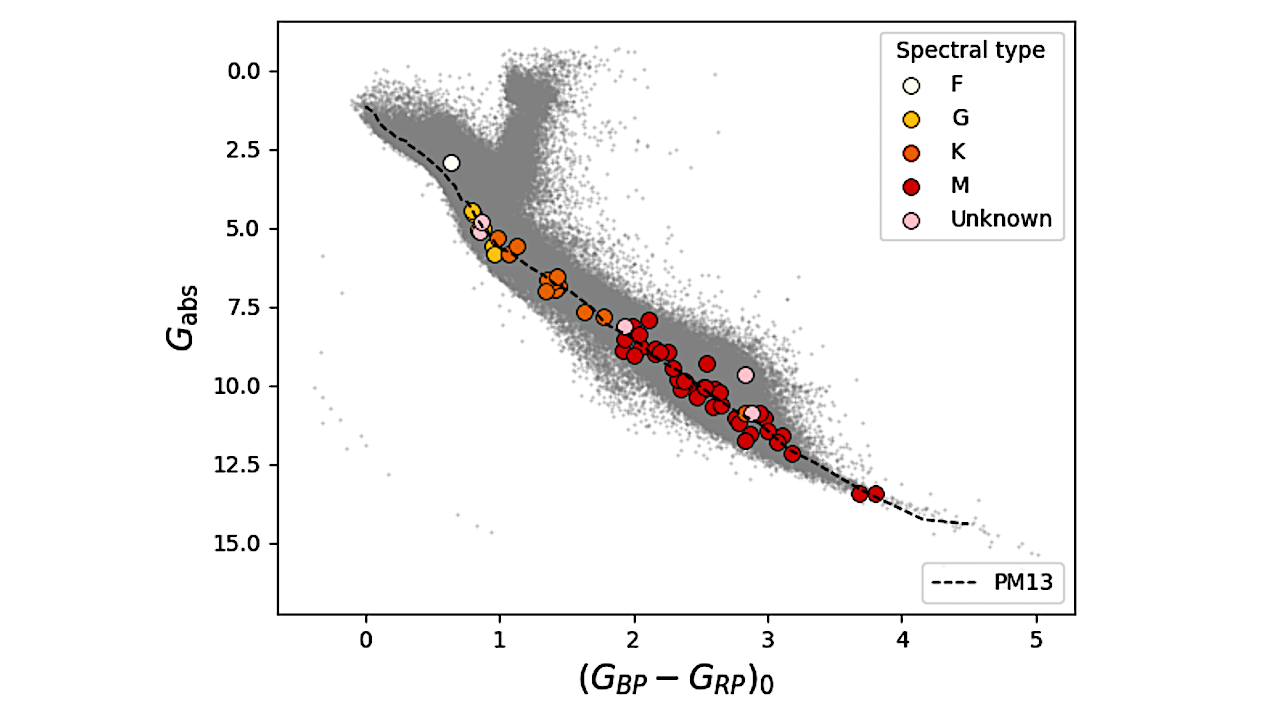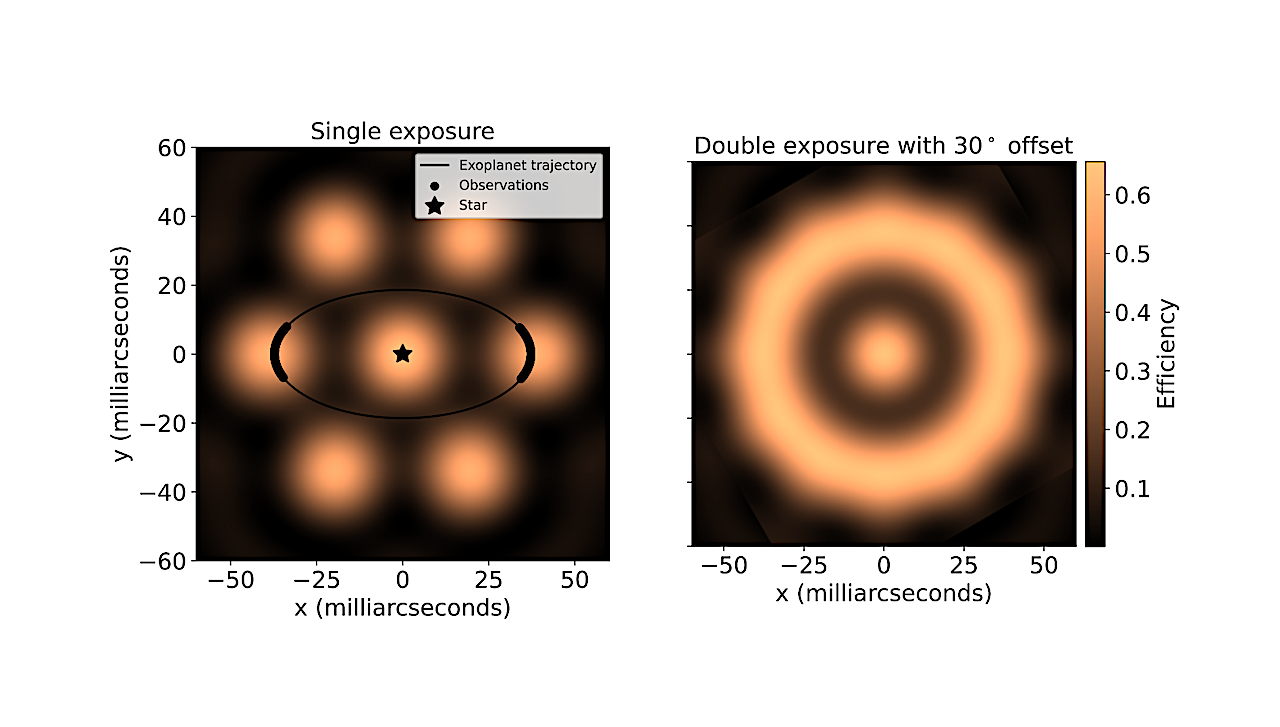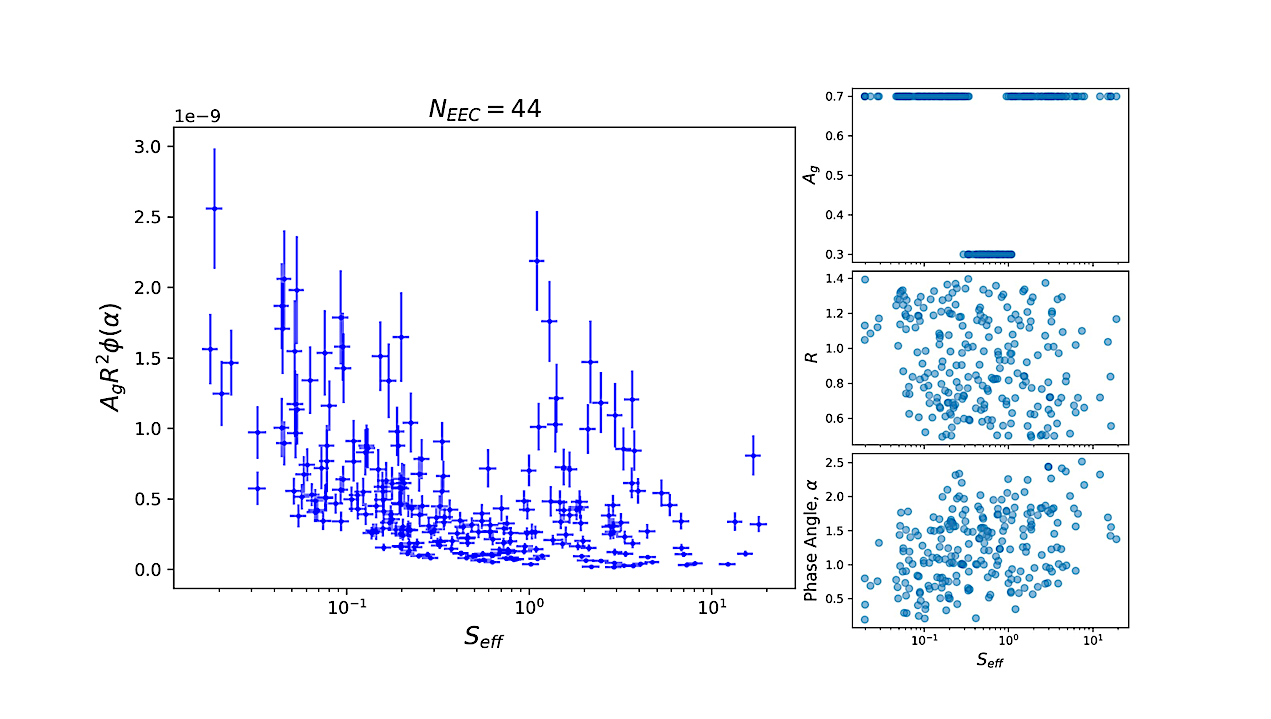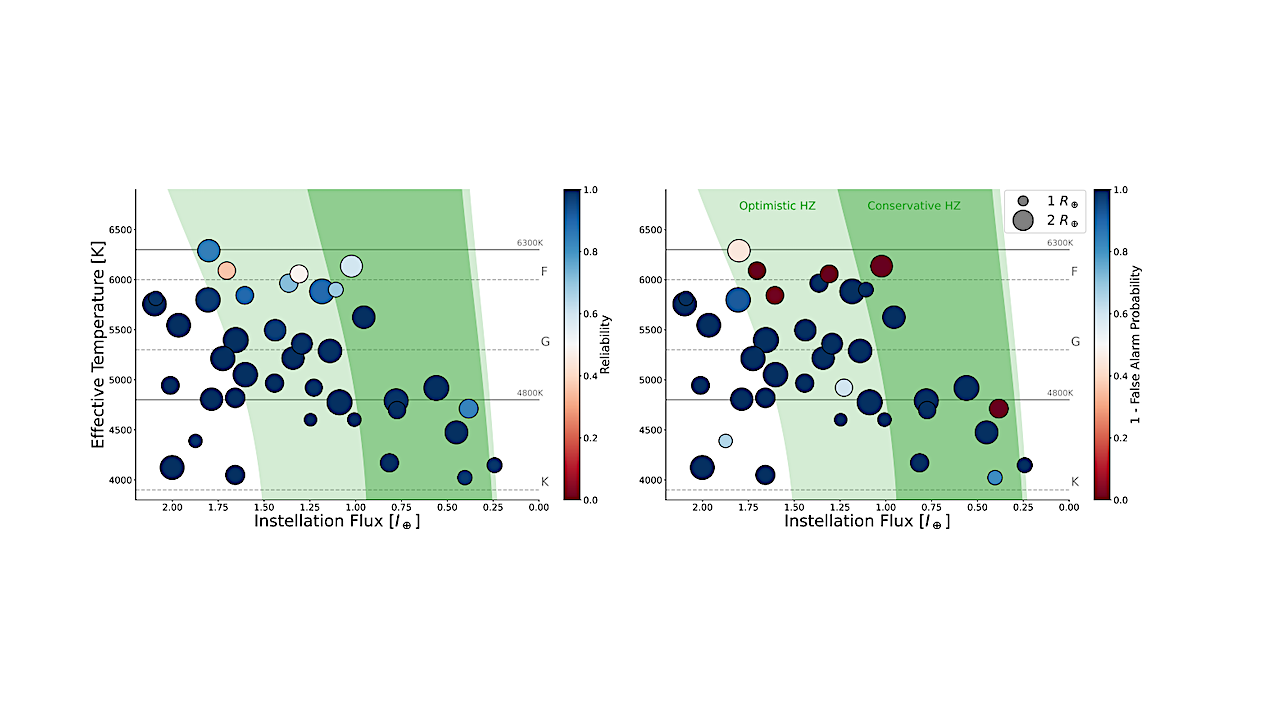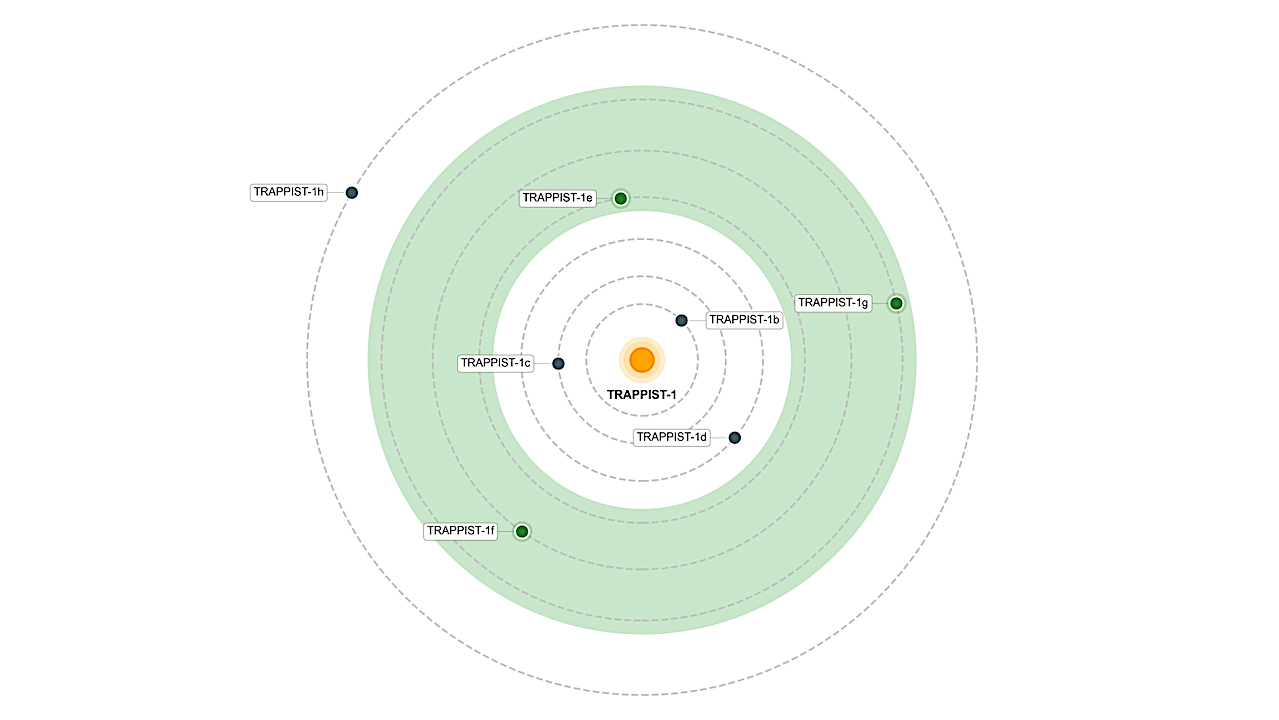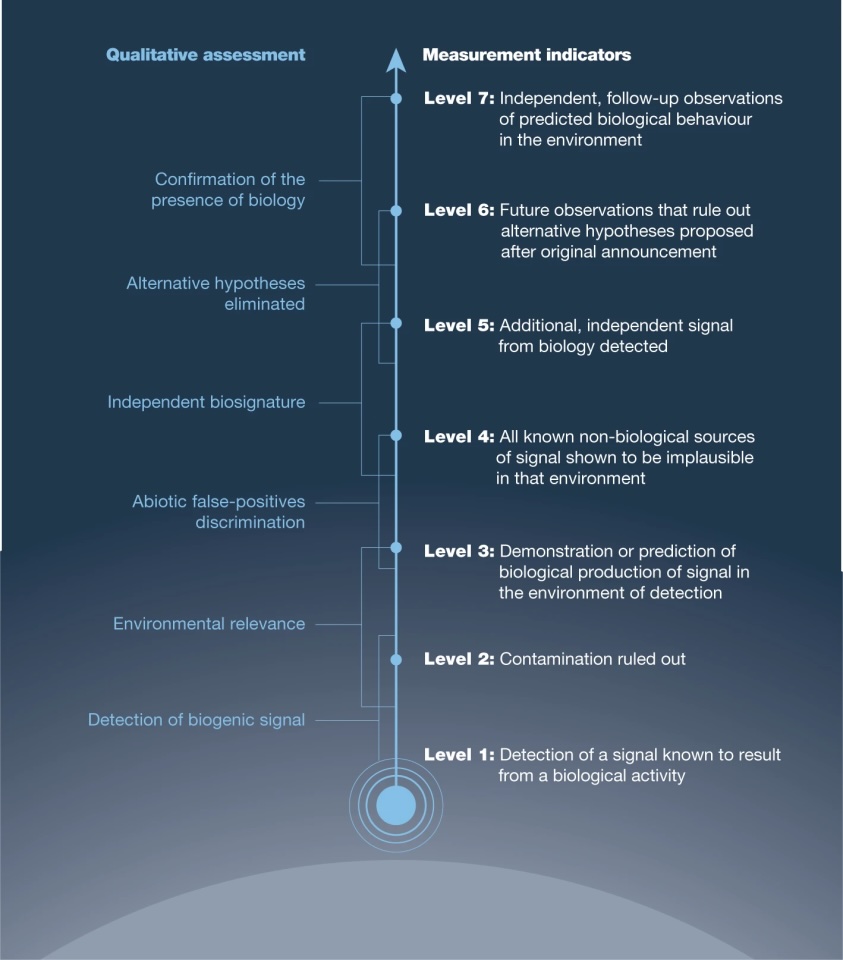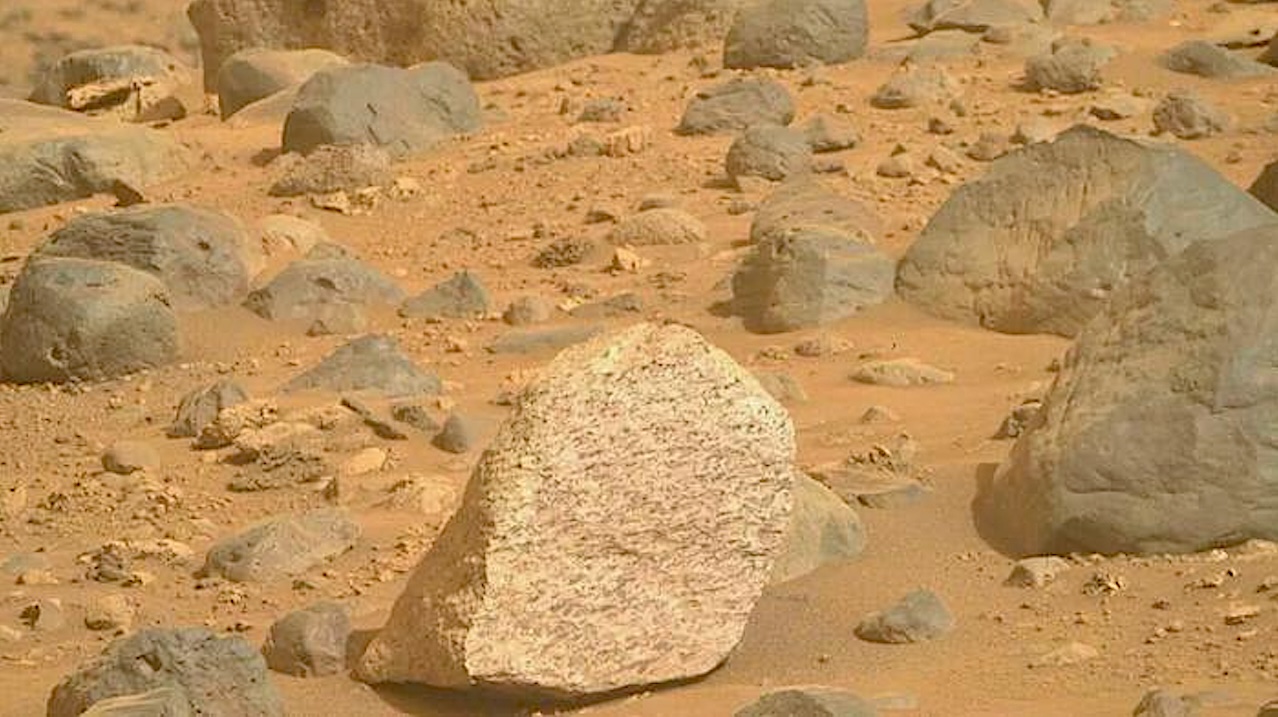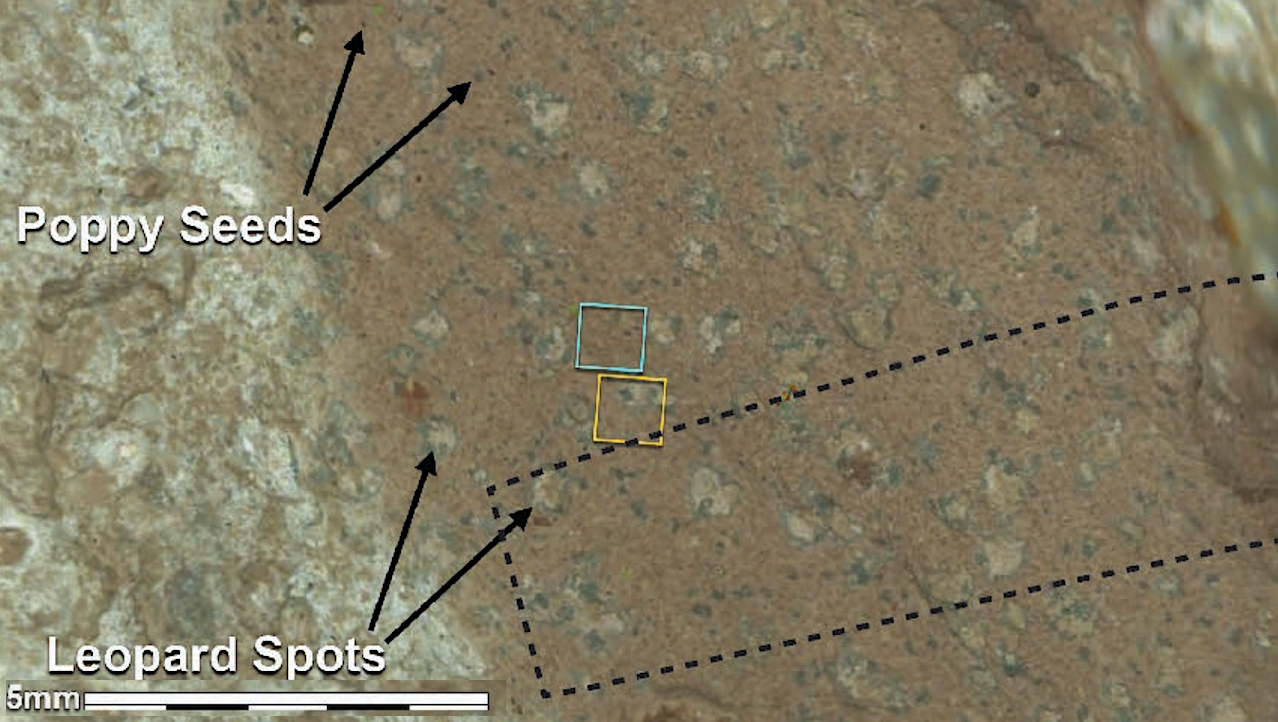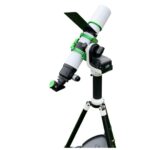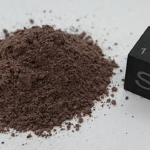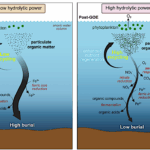Image from the HiRISE camera on NASA’s Mars Reconnaissance Orbiter showing rockfalls and their trails in the Oxia Planum region. Image credit: Aleksandra Sokołowska (Imperial College)/NASA/HiRISE/University of Arizona. Larger image
Astrobiology26- Page
(a) “Small” grain core assembled up of 1000 carbon atoms; (b) cross-section of a “small” grain core; (c) ’large’ grain core assembled up of 10000 carbon atoms; (d) cross-section of
Position on the Gaia CMD diagram of the stars that experienced a close encounter with 3I/ATLAS, with spectral types indicated in the legend that comes from O. L. Creevey et
Left panel: IFU transmission map into the 7 fibers for single orientation, with the trajectory of Proxima b overlaid on top. Right panel: IFU transmission combining 2 exposures with a
Example Bioverse simulation of a survey to characterize Earth-sized planets in the HZ. This simulation used an 8m diameter telescope observing at λ= 550nm. This figure shows all rocky planets
Reassessment Of Kepler’s Habitable Zone Earth-like Exoplanets With Data-driven Null-signal Templates
Earth-like and super Earth planet candidates from (5) are shown in the effective temperature – instellation flux plane. Conservative and optimistic Habitable zones as defined in (5) are shown as
Schematic of the TRAPPIST-1 planetary system. The seven known planets are shown orbiting the central star. The semi-transparent green annulus marks the optimistic habitable zone, which contains planets e, f,
A sample collected by NASA’s Perseverance Mars rover from an ancient dry riverbed in Jezero Crater could preserve evidence of ancient microbial life. Taken from a rock named “Cheyava Falls”
Rocks in the Bright Angel Formation. NASA’s Mars Perseverance rover acquired this image using its Right Mastcam-Z camera. Mastcam-Z is a pair of cameras located high on the rover’s mast.
Keith Cowing Explorers Club Fellow, ex-NASA Space Station Payload manager/space biologist, Away Teams, Journalist, Lapsed climber, Synaesthete, Na’Vi-Jedi-Freman-Buddhist-mix, ASL, Devon Island and Everest Base Camp veteran, (he/him) 🖖🏻 Follow on
-
 012024 in Review: Highlights from NASA in Silicon Valley
012024 in Review: Highlights from NASA in Silicon Valley -
 02Panasonic Leica Summilux DG 15mm f/1.7 ASPH review
02Panasonic Leica Summilux DG 15mm f/1.7 ASPH review -
 03How New NASA, India Earth Satellite NISAR Will See Earth
03How New NASA, India Earth Satellite NISAR Will See Earth -
 04And Thus Begins A New Year For Life On Earth
04And Thus Begins A New Year For Life On Earth -
 05Astronomy Activation Ambassadors: A New Era
05Astronomy Activation Ambassadors: A New Era -
06SpaceX launch surge helps set new global launch record in 2024
-
 07Space Force plans new ‘Futures Command’ amid pressure to speed up modernization
07Space Force plans new ‘Futures Command’ amid pressure to speed up modernization


